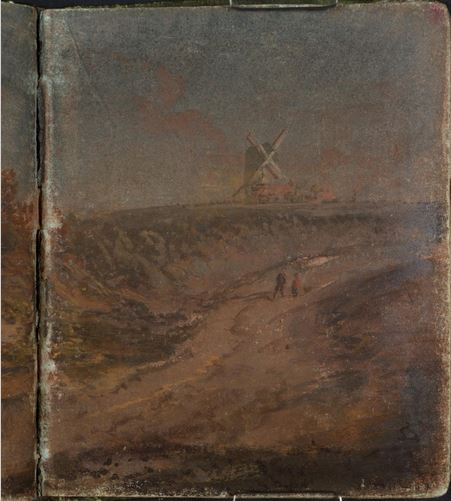Get to know the personal side of nineteenth century and Victorian era painters, poets, artists and authors.
Posts
Showing posts from December, 2014
Mary Anderson (1859-1940) as Hermione from A Winter's Tale
- Get link
- X
- Other Apps
Capturing Christmas in the Netherlands with Anton Pieck ( Dutch, 1895-1987)
- Get link
- X
- Other Apps
Signor makes a home on the Isle of Wight 1871-1875
- Get link
- X
- Other Apps



